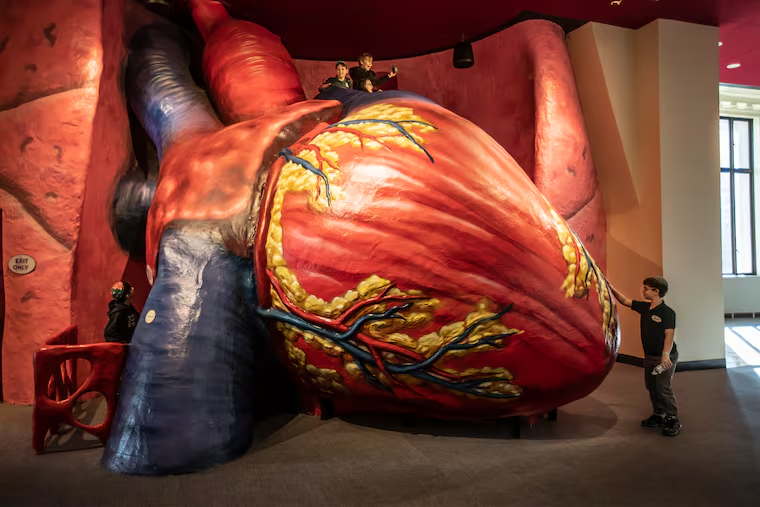A rescue, canoodling, and that smell: Philly’s tales from the Franklin Institute’s Giant Heart, which just got a makeover
“It was the childhood equivalent of going into a basement dive bar.”

“It was the childhood equivalent of going into a basement dive bar.”
